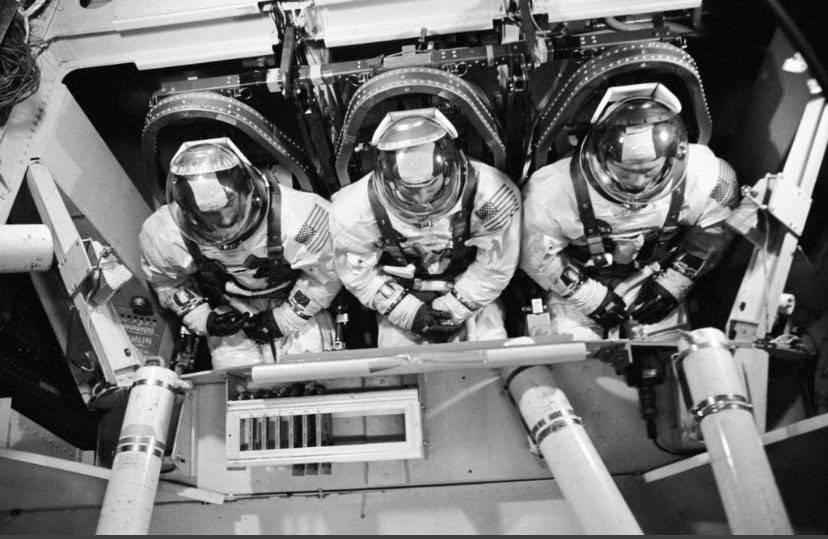Did America Win The Space Race?
A little competition never hurt anyone, right? It can be quite entertaining; think sports matches or bake-offs. But what about competition between countries? In post World War II, the Soviet Union and the United States found themselves in the Cold War. And they also found themselves competing in the “Space Race.”
The race into space all started after the United States announced a planned launch of artificial satellites in the near future. The Soviet Union responded by launching their own satellite, Sputnik 1, years later.

Sputnik 1: The Start Of The Space Race
The Soviet Union made the first move with Sputnik 1. The United States needed to deliver since the ball was in their court now. The United States managed to launch Explorer 1 successfully just four months after the Soviet satellite. The U.S. and the Soviet Union would compete for the next 10 years, with alternating periods of success between the two countries, and constantly striving to push the boundaries of possibility.
Launching unmanned spacecraft was a thing of the past. Both countries had it down. So the next challenge would be to get a human into space. Again, the Soviet Union took the lead. The first man in space was Yuri Gagarin, who flew into space in April of 1961. The United States was not far behind, though. The following month, Alan Shepard became the first person to fly into space in a pilot-controlled flight. The next challenge would require sending a man to the moon.
Sending a man to the moon would be the ultimate challenge. It wouldn’t be as simple as strapping Buzz Lightyear to a rocket-like in Toy Story. The task could require getting a satellite in the moon’s orbit, successfully soft-land, and being able to bring the spacecraft back. Yet again, the Soviets were ahead of the game. Luna 9 made a soft landing on the moon in 1966 and Luna 10 successfully orbited, unmanned, around the moon. The Americans had a lot of catching up to do.

One Giant Leap For Mankind
America’s big break would come with the Apollo missions. NASA achieved the first human spaceflight in 1968 with Apollo 8. The flight successfully orbited the moon and broke Earth’s gravitational pull. Things were taking a turn and all eyes were on the Americans. Six months later, Neil Armstrong made history by becoming the first human on the moon on July 20, 1969.

The Final Score
So who won? It depends on how you look at it. One could say the Soviet Union won if you consider milestones. They were the first at many challenges: the first woman in space, the first man in space, the first satellite, and so on. But if we don’t consider milestones, the results suggest otherwise.
The American space program achieved what the Soviets couldn’t. The Soviet Union wasn’t able to send a man to the moon. The Soviets gave up after several failed attempts at manned missions to the moon. It was President John F. Kennedy who asked Congress in 1961 to set a goal to get a man on the moon by the end of the decade. President Kennedy wouldn’t live to see it but NASA did accomplish that goal.
Regardless of the competition between these two giant nations, and regardless of the winner, consider the accomplishments. It was because of this battle that space exploration and science advanced beyond what people thought was possible. There was a constant push to do better. The ’60s paved the way for our modern space programs and experiments. In the end, we all won, don’t you think?

